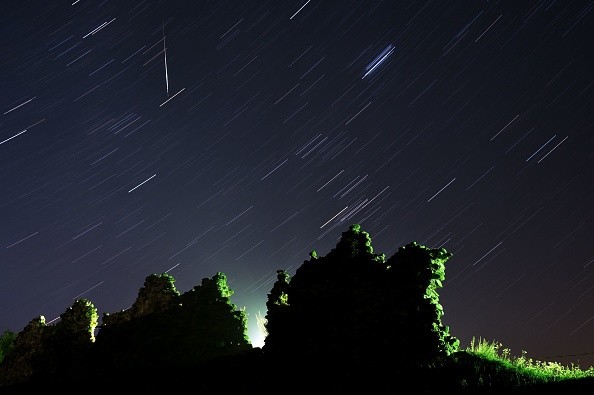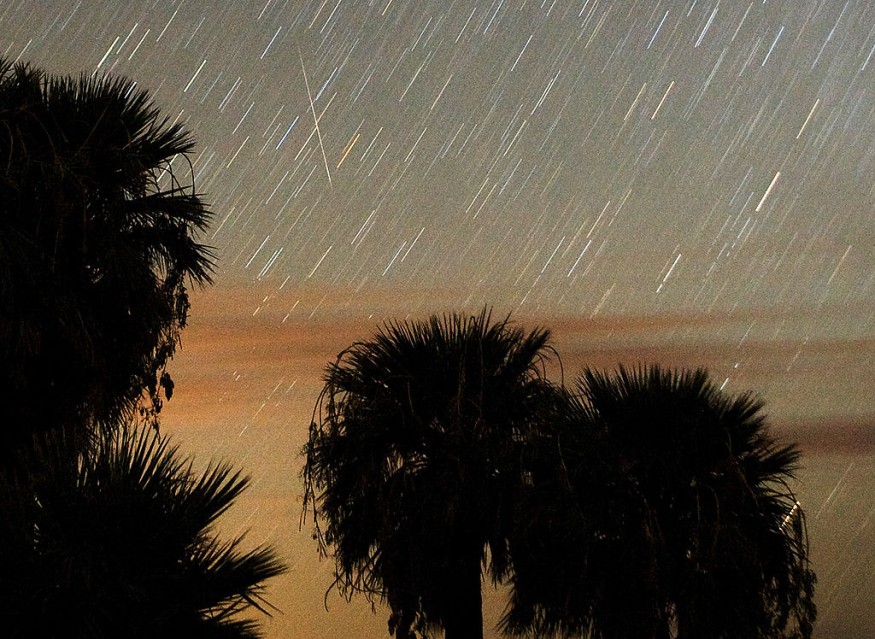Autumn is known as meteor shower season because of the numerous showers that peak during the cool autumn nights, but this week's Orionid meteor shower may have some competition.

Orionid Meteor Shower
The Orionid meteor shower in October is well-known because it is one of the greatest meteor showers in fall and because of its beginnings.
Meteor showers occur when the Earth passes through a debris field left behind by an asteroid or comet, and Halley's Comet is the parent comet for the Orionids.
Although Halley's Comet will not return to the inner solar system until 2061, the yearly Orionids provide another opportunity to see the famed comet. According to the American Meteor Society, the Orionids will peak the night of Wednesday, Oct. 20 into the early hours of Thursday, Oct. 21. (AMS).
Because meteors appear to come from this region of the sky, the shower is named after the constellation Orion. On the other hand, shooting stars will be visible across the sky, not only at the radiant point.
However, knowing where the radiant point is in the sky is still crucial since the higher it is, the more meteors will occur. The bright end of the Orionids will reach its greatest position in the night sky in the hours before dawn, making the second part of the night the ideal time to observe the spectacle.
A Great Year for Orionids
Most years, the Orionids produce approximately 20 meteors per hour, but this year, observers should temper their expectations because the shower's peak coincides with the Full Hunter's Moon.
The full moon's light will shine brightly throughout the night, making it more challenging to see some of the fainter shooting stars. However, with merely 5 to 10 meters per hour, hourly prices might be slashed in half.
Lighting Up the Sky

For the peak of the Orionids, many places from the Gulf Coast to the Great Lakes will be partial to mostly overcast, but a pocket in the mid-Atlantic may be lucky enough to see a break in the clouds on Wednesday night.
The southern Plains will also benefit from favorable weather conditions.
A broad storm will sweep through most of the West Coast and the Rocky Mountains, bringing with it disruptive clouds, rain, and mountain snow. The exception will be in parts of the Desert Southwest and the Great Basin, where occasional cloud breaks during the night.
Following the Orionids, skygazers may look forward to three additional small meteor showers in November.
The Southern Taurids meteor shower will peak during the first week of November, followed by the Northern Taurids in the second week of the month. Both of these occurrences produce very brilliant fireballs despite having just about five meteors each hour.
The Leonids will peak on the third day of the month and will be the finest of the lot, with 10 to 15 meteors per hour.
For more Space news, don't forget to follow Nature World News!
© 2026 NatureWorldNews.com All rights reserved. Do not reproduce without permission.





